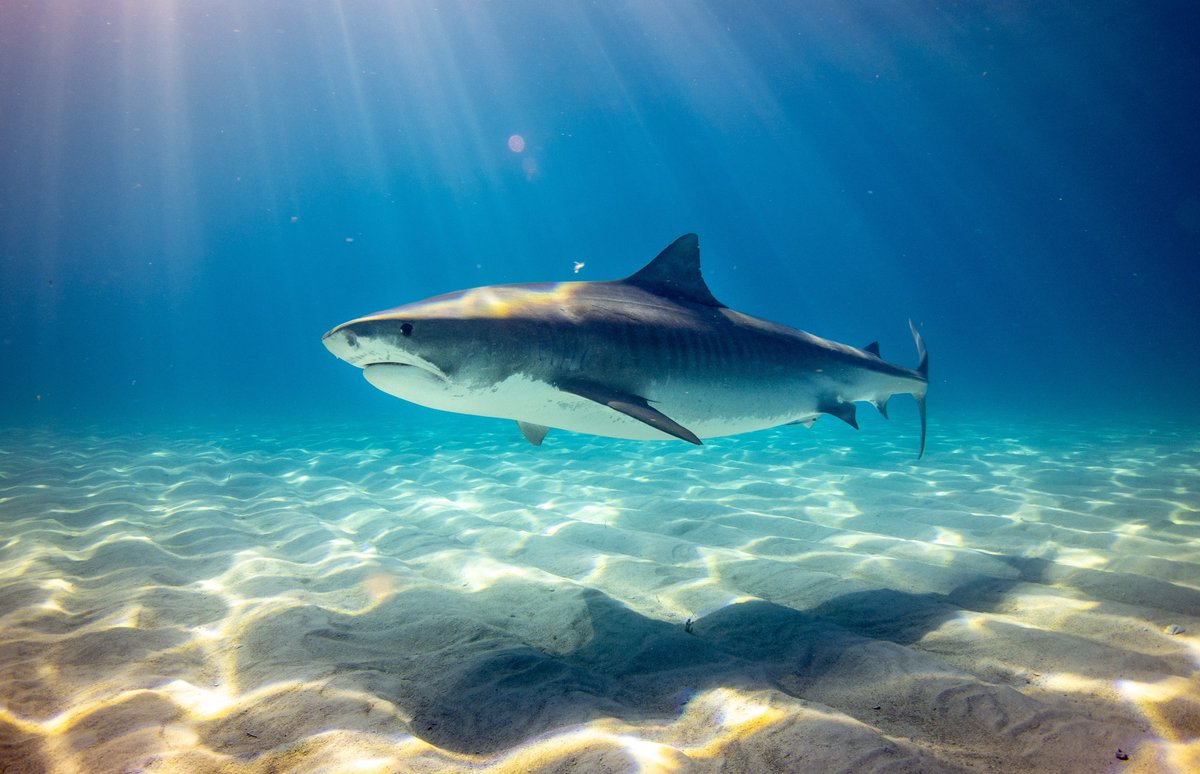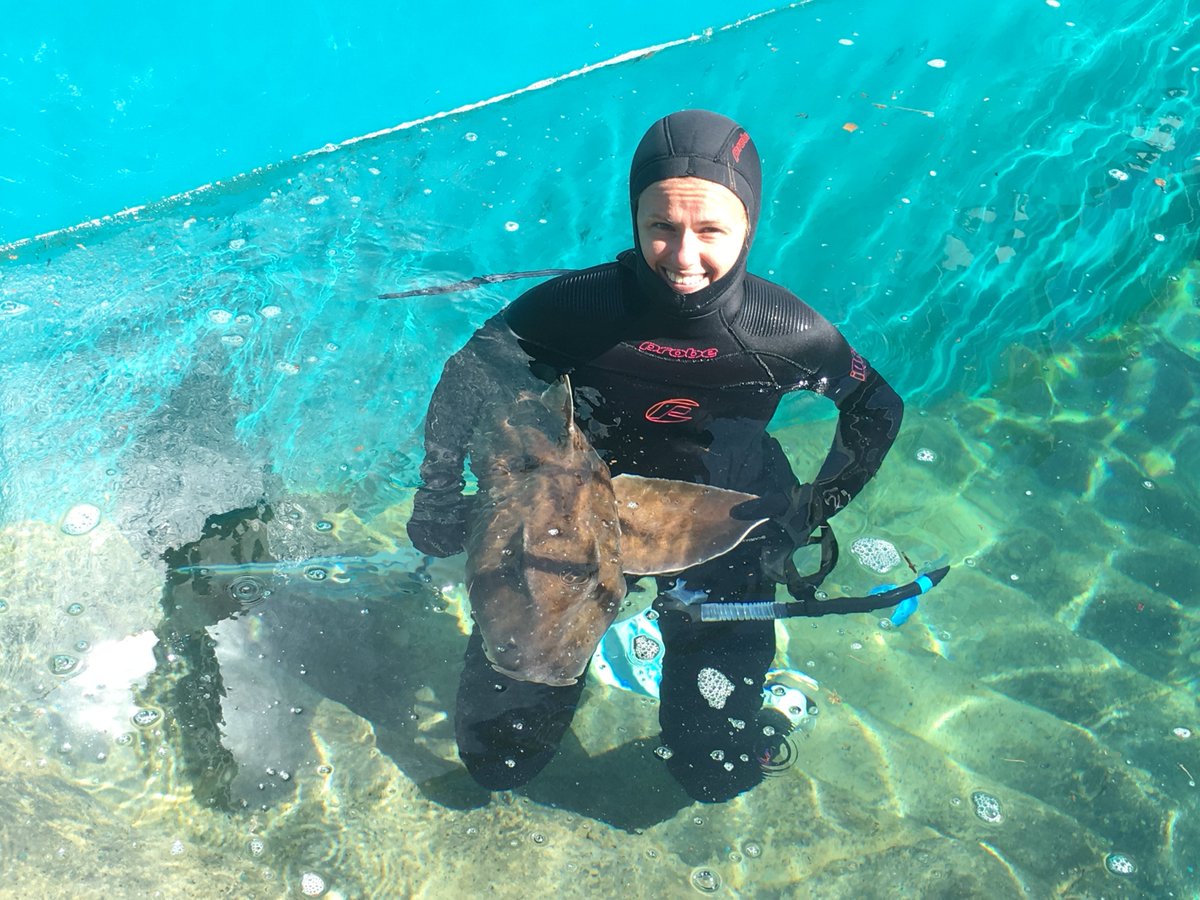
Taronga's the leading organisation in #Australia applying cryopreservation technologies to #coralreef management, #restoration and research, for #ConservationManagement of the #GreatBarrierReef. Our Reef Recovery Project's been operating since 2011 smh.com.au/national/nsw/t… #RRAP
Taronga’s #reef recovery project is a model for similar approaches around the globe. Like any successful #conservation programs it requires ongoing commitment to understand the problem(s) & find integrated solutions in response to new challenges. doi.org/10.1016/j.cryo… #RRAP
Taronga’s team of biologists - working with the Smithsonian Institution, Australian Institute of Marine Science & @GBRFoundation - have studied species at annual spawning since 2011, focusing on cryobanking keystone #coral (species essential to #reef structure & function) #RRAP 

You can check out this work here: aims.gov.au/research/spawn… #RRAP
Over the past decade this collaborative endeavor has developed & applied new technologies to preserve cells. Our work demonstrates the ability of cryopreserved #coral sperm to fertilise fresh coral eggs and produce juvenile corals nature.com/articles/s4159… #RRAP
The #reef recovery project is anticipated that cryopreservation and biobanking will play an increasingly important role in #coral breeding and coral recovery activities. #RRAP
The #reef recovery project will also support crucial AIMS research programs such as #AssistedEvolution & #AssistedGeneflow through targeted collection and of high conservation value genotypes including those that are tolerant to bleaching events #RRAP 

• • •
Missing some Tweet in this thread? You can try to
force a refresh












